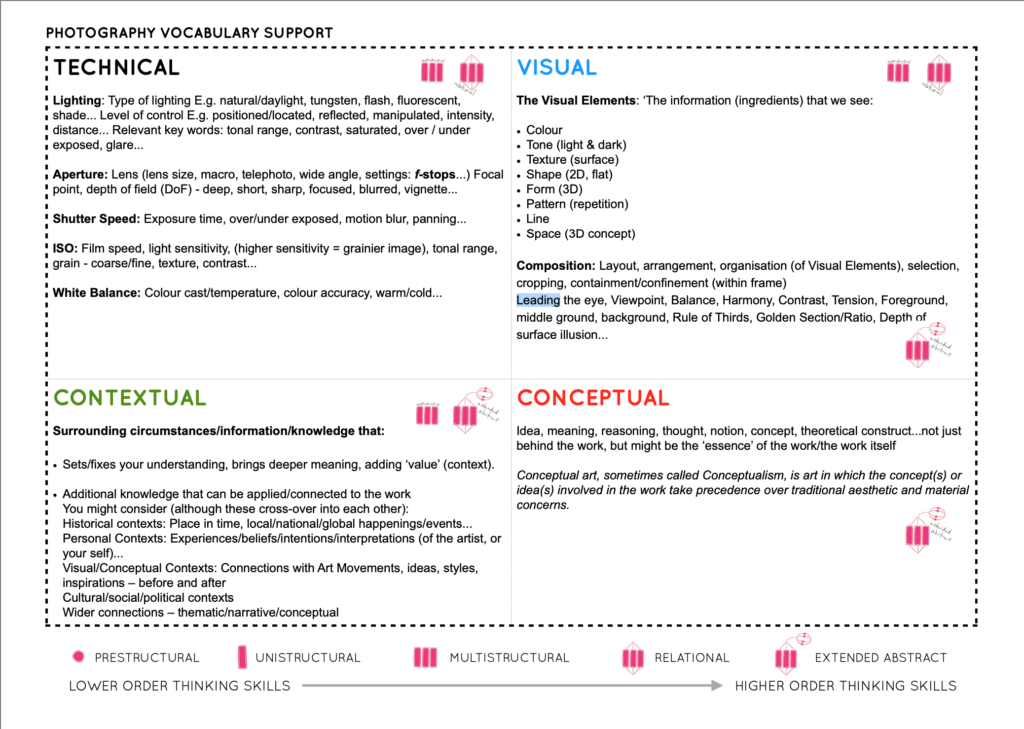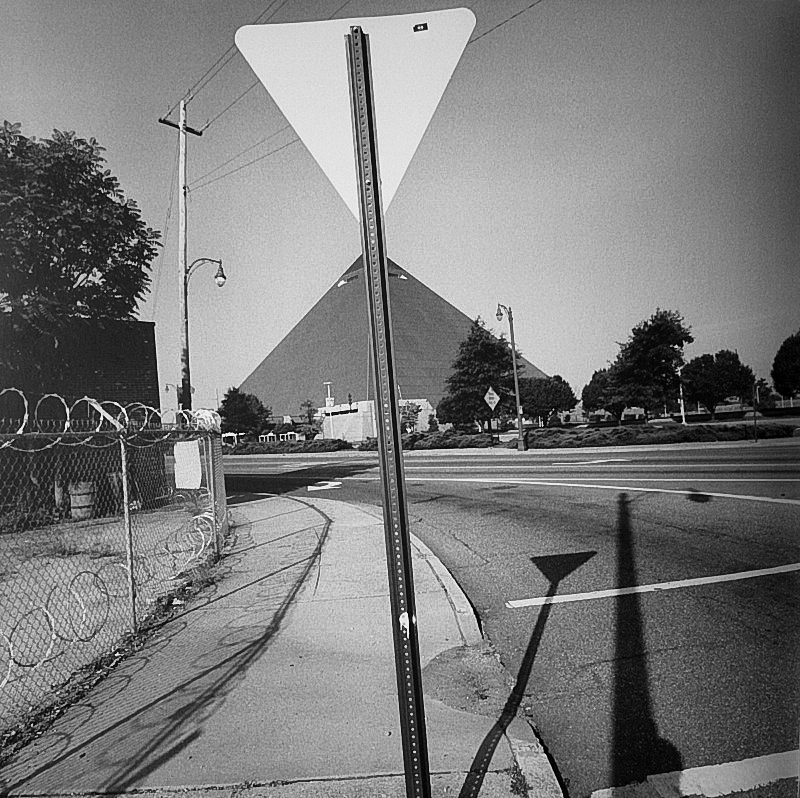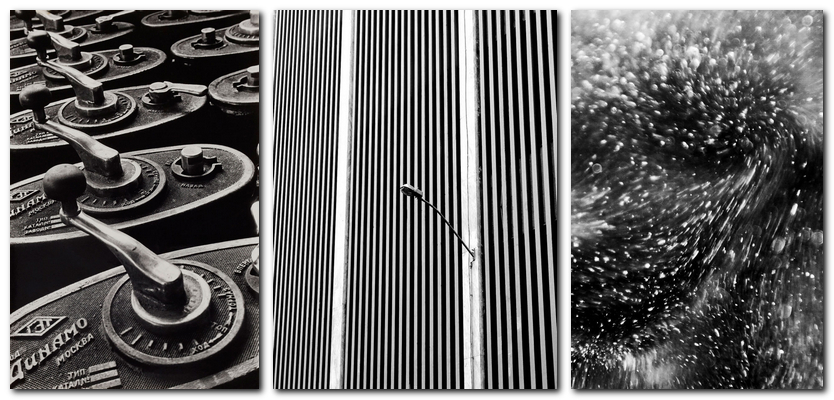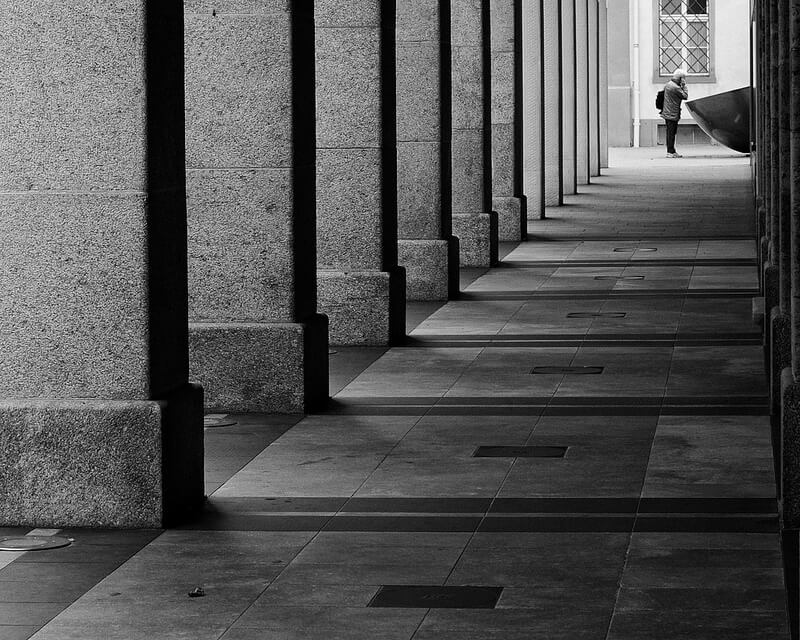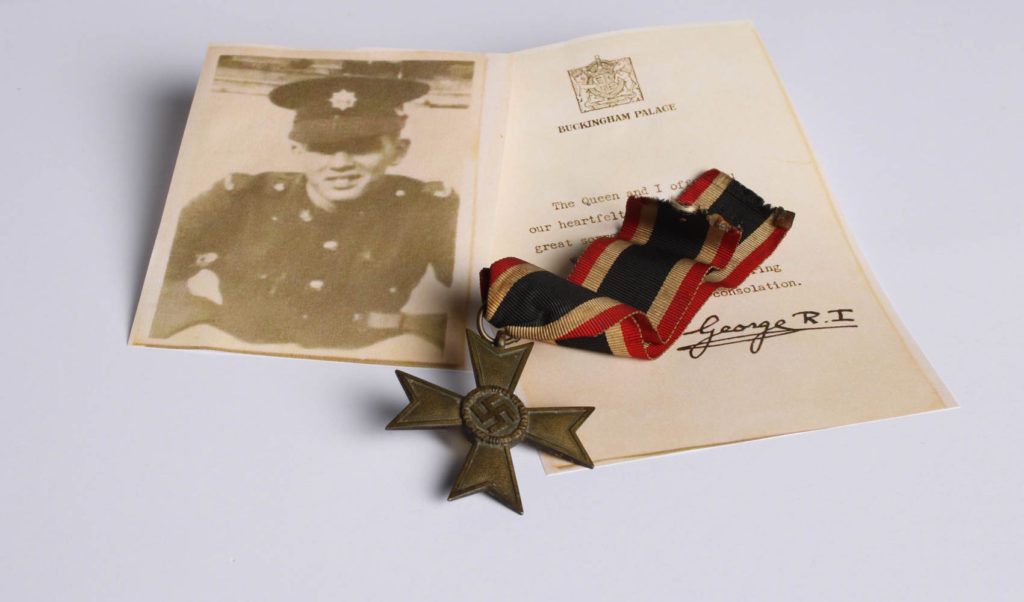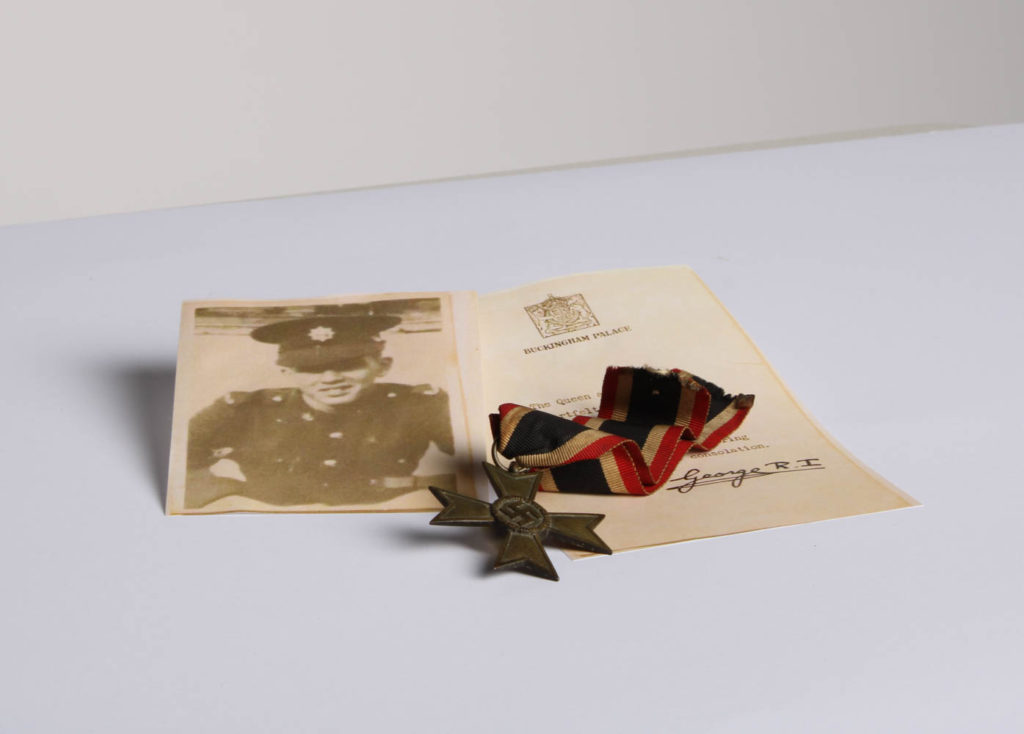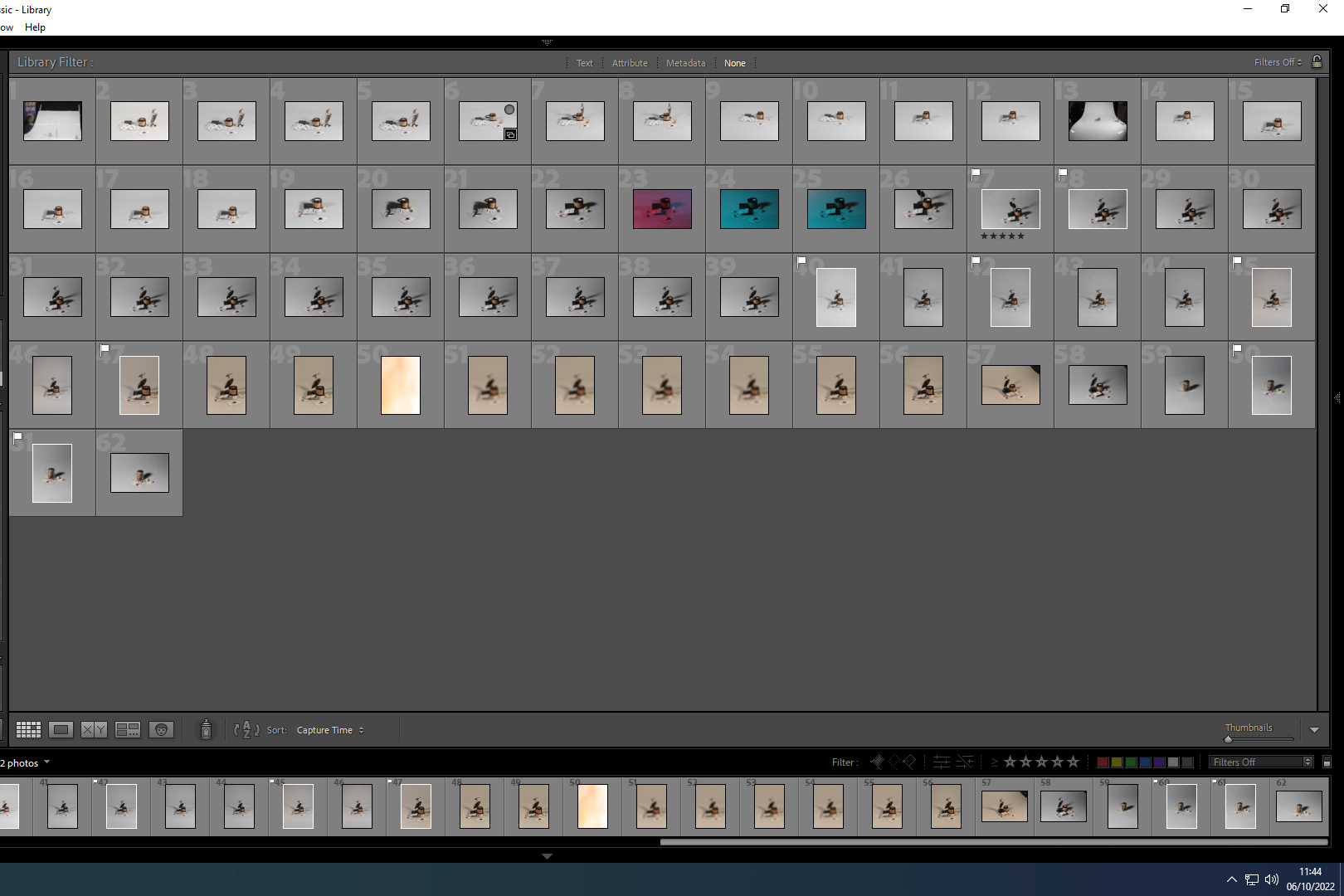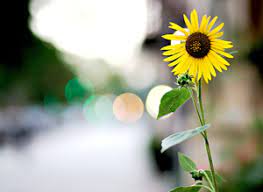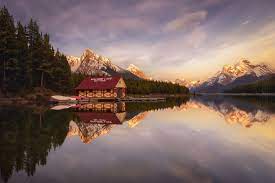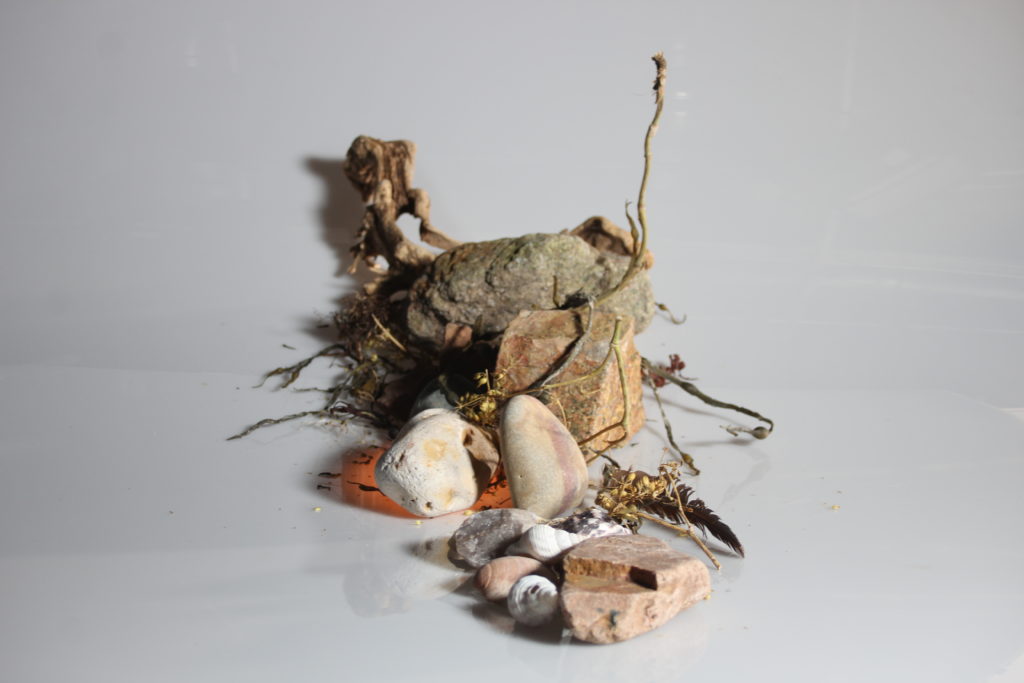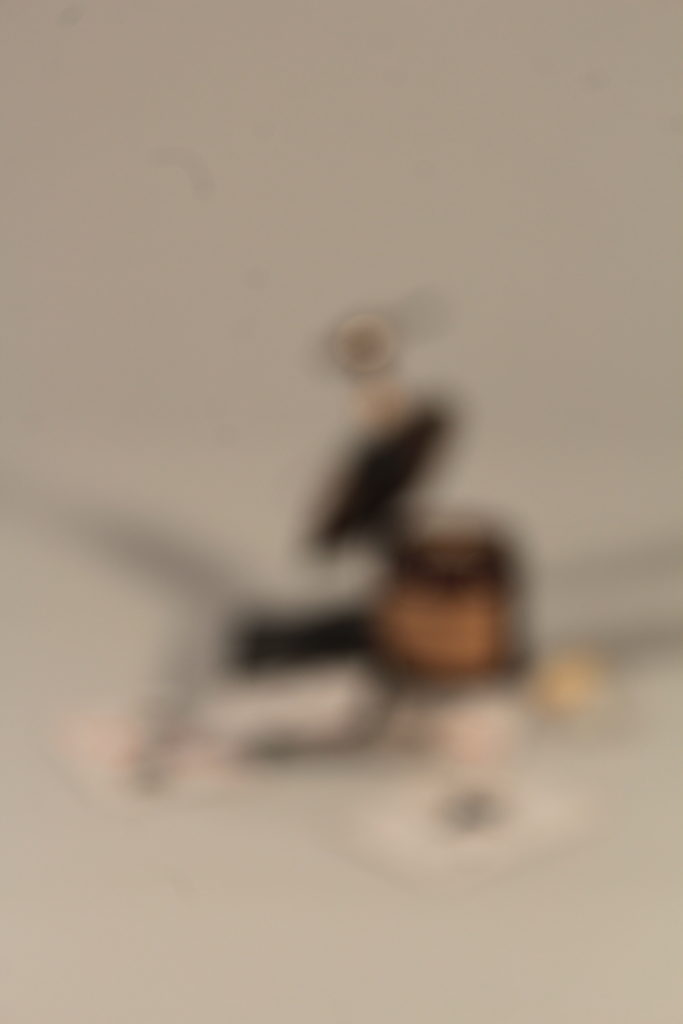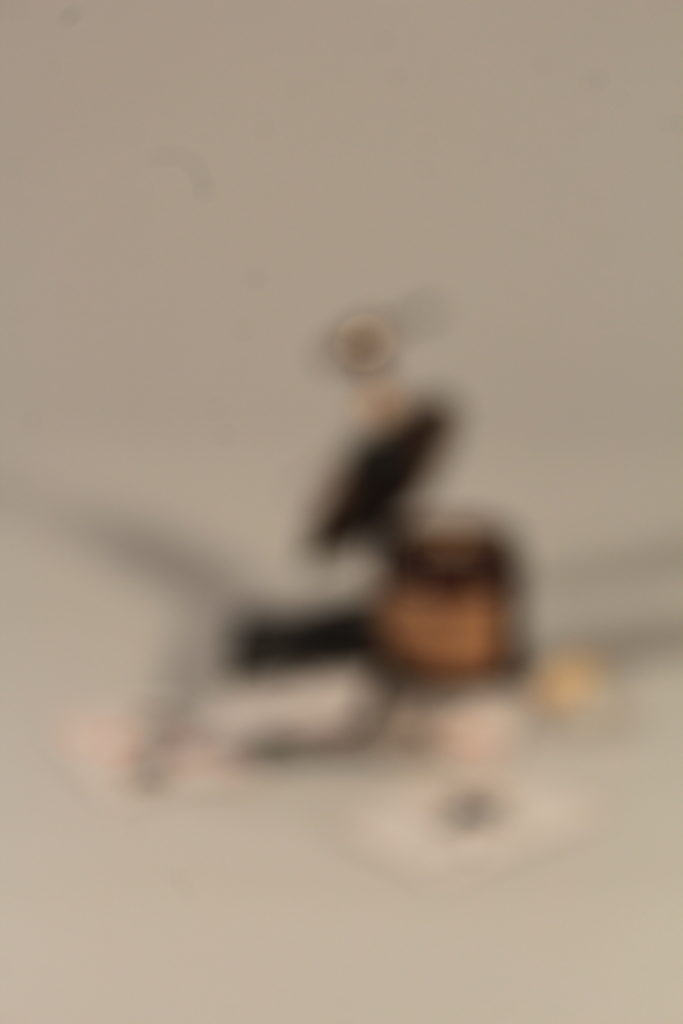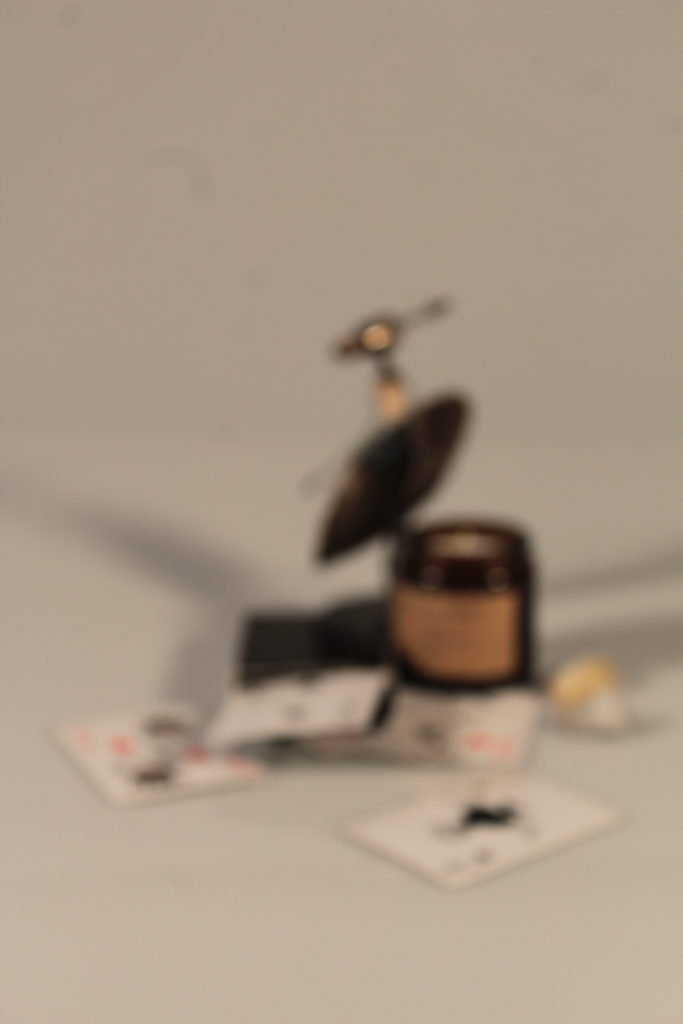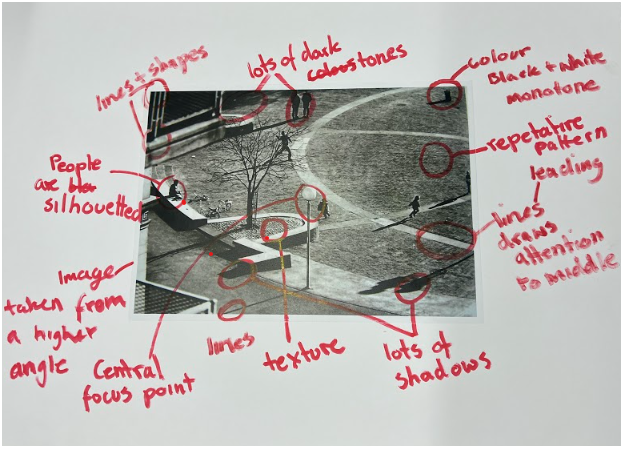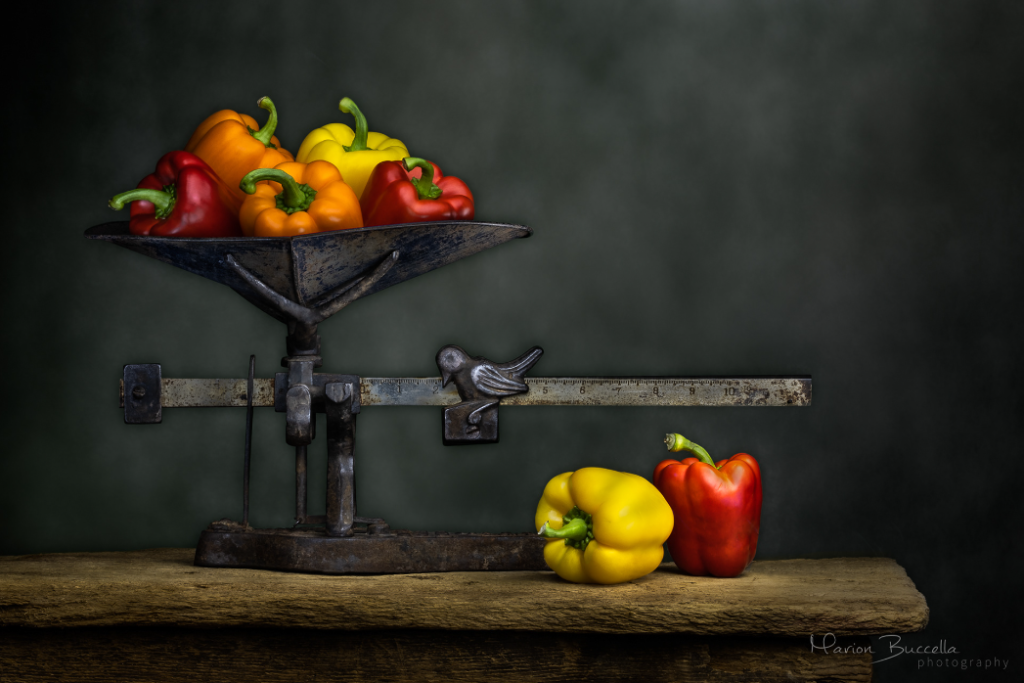What is Formalism?
Formalism is the Design, Composition and Lighting are dominant over Subject Matter. The photographer becomes a visual designer whenever a frame is captured. In camera cropping concentrates on the desired subject while eliminating everything else.
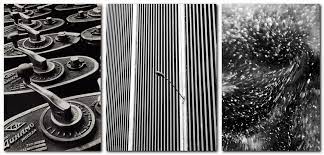
‘Photographers have to impose order, bring structure to what they photograph. It is inevitable. A photograph without structure is like a sentence without grammar—it is incomprehensible, even inconceivable.‘
– Stephen Shore
Visual Language/Elements of Photography
COLOUR – Looking for colour in an image is an important part of analysing an image. Colour can change the feel/mood of the photograph. Some questions we can ask when analysing ; Are the light and shadows more interesting than the colour? Is the colour interesting and powerful? What kind of mood does the photographer want to portray?
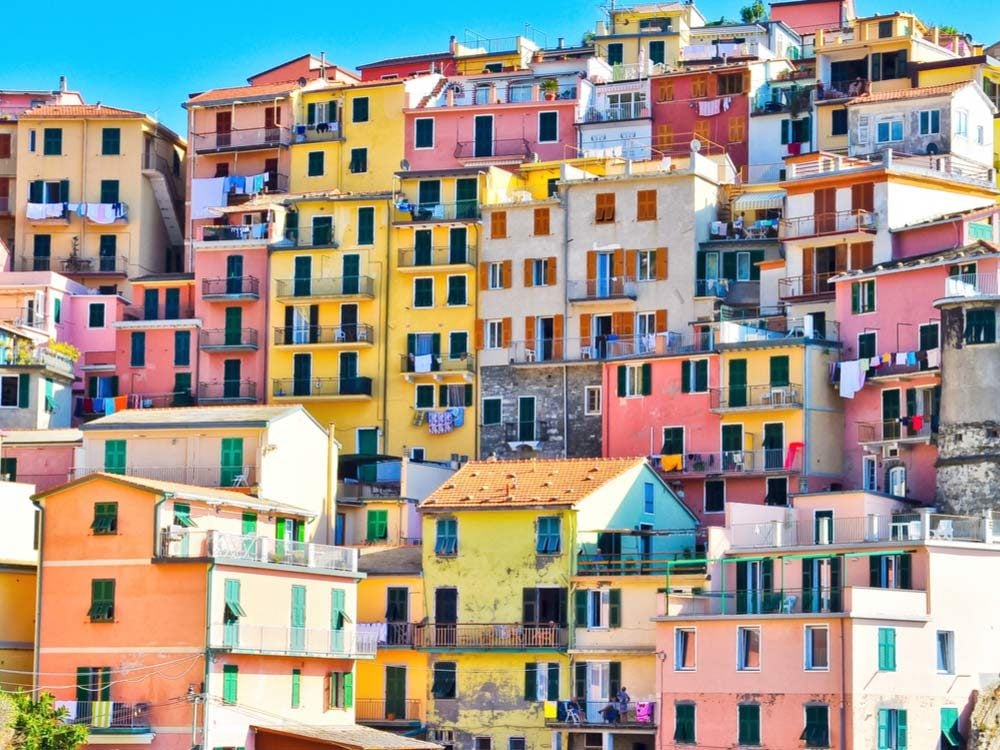
TONE – refers to the levels of brightness in the photograph. The majority of nature photographs display a wide range of tones, from black or near black to white or near white. What are the different tones in photography?

TEXTURE – is the visual depiction of variations in the colour, shape, and depth of an object’s surface. Questions to ask; How does the texture impact the photograph? When shooting texture shots What is the most important thing?
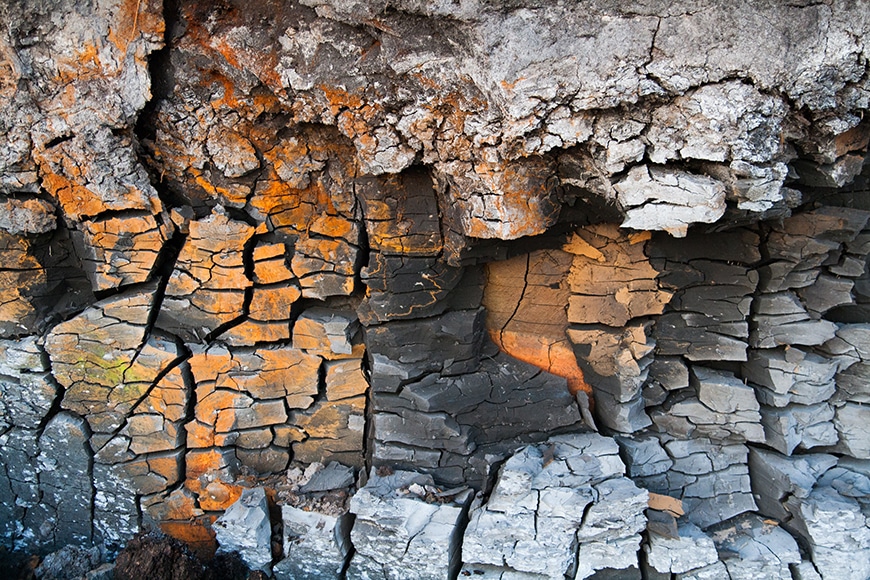
SHAPES – The two-dimensional appearance of objects as they’re captured by your camera. For instance, if you look at a photo of a ball, you’ll see its shape: a circle. They can also be use to draw emphasis to part of the frame. Shapes can create contrast between the subject and their environment. Questions to ask; What do shapes do for an image?

FORM – where light and shape collide to create images with depth and what I like to think of as touch-ability. Form makes an image lifelike, so the photo stands out, because the viewer feels that they can reach in and touch the person or object. Questions to ask; Describe the form in the photograph? How do shadows affect form?

PATTERN – regularity within a scene. It’s elements of the scene that repeat themselves in a predictable way. Pattern can be found everywhere and is commonly seen within shapes, colours or textures. Patterns are found wherever strong graphic elements repeat themselves, for example, lines, geometric shapes, forms and colours. Questions to ask; What patterns or symmetry can you see?
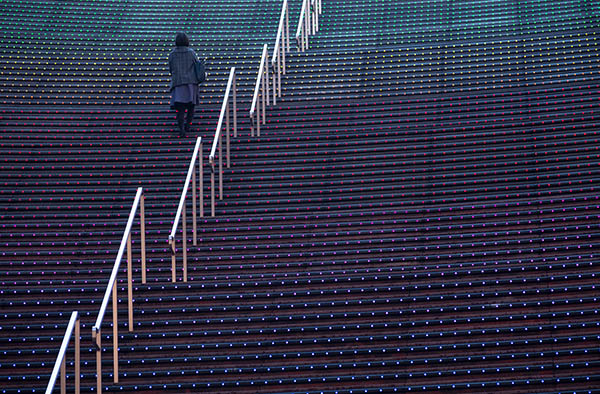
Walker Evans
Walker Evans was an American photographer and photojournalist best known for his work for the Farm Security Administration documenting the effects of the Great Depression. Much of Evans’ work from the FSA period uses the large-format, 8×10-inch view camera.

The lighting in this image is natural daylight. The light creates dark shadows, contrasting the black greys and whites. The texture in this image is created from the simplest items such as scissors and spade. The dark grey tones gives an ominous impression.
Darren Harvey-Regan
The Ravestijn Gallery presents the works of Darren Harvey-Regan, a photographer interested in the concept that photographs do not exist just to show things, but are physical things that become objects themselves. In 1955, Fortune magazine published, ‘Beauties of the Common Tool’, a portfolio by Walker Evans featuring pictures of ordinary hand-made tools, such as a ratchet wrench and a pair of scissors. Harvey-Regan first constructed a montage of Evans’s images to make new forms. He then sourced matching tools, cut them in half and re-joined various halves together, with the resulting physical objects being photographed to create his final work. The montaged tools become both beautiful and bizarre objects, in which a ratchet wrench is combined with a pair of pliers and a Mason’s trowel joined with a pair of scissors.
His images are very similar to Walker Evans, capturing the same tools on a white background, creating an abstract image.

Anaylising Formalism
We annotated Peter Fraser’s, contemporary still life photography…
In small groups we took part and analysed an image using the Photography Vocabulary Support sheet, to help us annotate using more technical word to improve our language.
